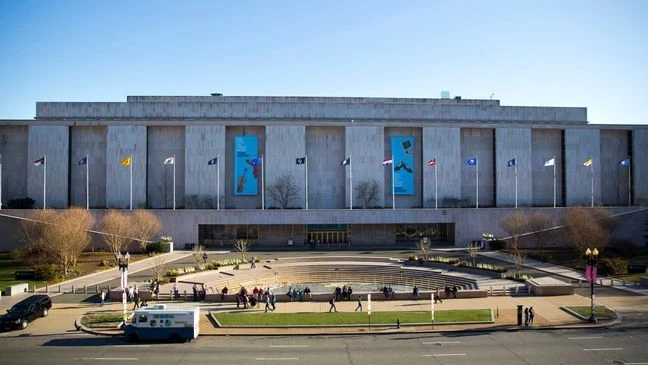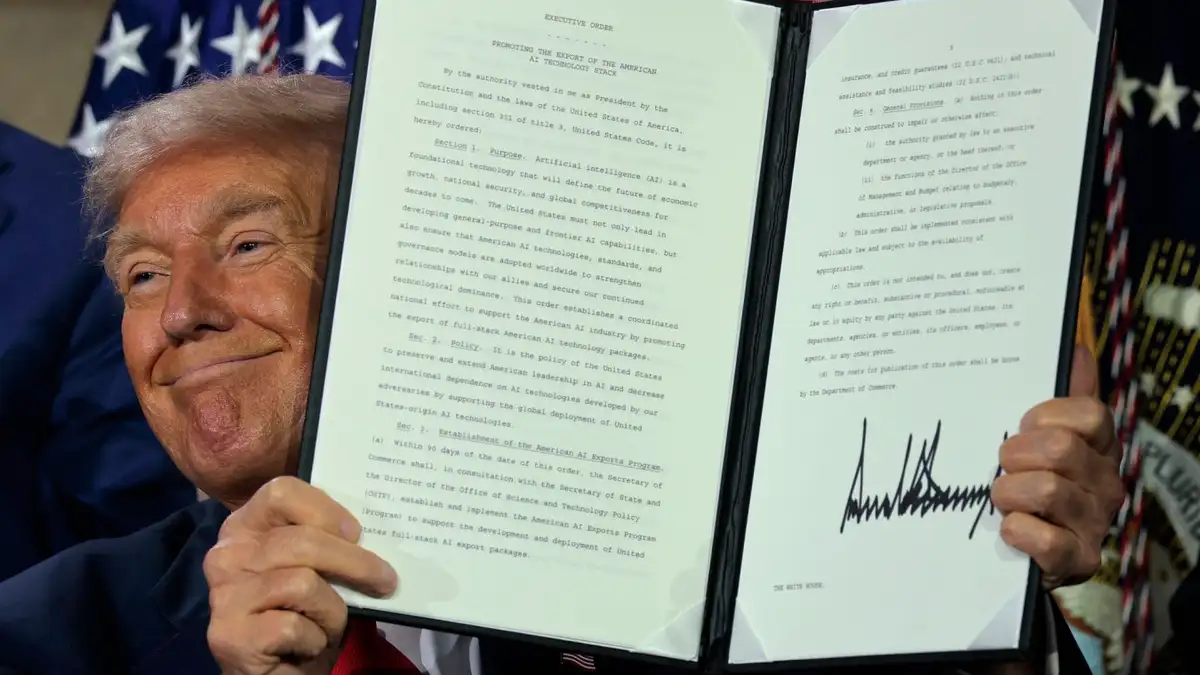Former US President Donald Trump has again brought to the fore America’s debates on culture and history. In a recent declaration, Trump instructed the review of what he referred to as “woke” material in US museums. The claim is one step of his broader campaign to question how American identity, history, and culture are being offered to the nation.
What Does “Woke” Mean?
The term “woke” is used largely to explain concepts that emphasize social justice, racism, gender rights, and inclusion. Its proponents think it guides society into acknowledging errors of the past and towards equity. Critics, such as Trump, claim it tends to go too far, rewriting history and causing polarization.
Why Museums Are Being Reviewed

Museums in America have a large part to play in the nation’s story. They host exhibitions about the history of Native Americans, slavery, civil rights, wars, art, and cultural transformation. Trump feels most museums have begun to incorporate what he refers to as “politically correct” or “woke” topics, which according to him alter the classic tale of America.
Pursuant to his directive, museum content will be examined to ensure that exhibits emphasize patriotism, national pride, and traditional American values. Trump contends that museums should aim to bring the country together instead of splitting it with what he calls “radical” ideology.
Supporters and Critics, However, Trump’s move has invoked mixed responses:
They believe that museums can and should honor the greatness of America and not dwell so much on the negative aspects of the past. They believe children and youth must be shown positive models of American achievement.
Critics say eliminating or capping “woke” content is a means of concealing the truth. They feel museums must show all aspects of history, including the unpleasant ones, so that generations to come can learn and not repeat the same mistakes.
Impact on Museums
If Trump’s order is implemented, museums will be pressured to alter or revise their shows. Exhibits on racial injustice, gender rights, or contentious moments in American history might be reconsidered. Some worry that museums’ funding could depend on how closely they comply with the dictates of this review.
Museum directors and historians fear that this will impact academic freedom. They do not think history should be defined by politics but by evidence and facts. Simultaneously, some institutions might embrace the review if it attracts more publicity to their work and provokes higher public interest.
The Larger Debate
This controversy is one expression of a broader cultural and political struggle in the United States. There has been a conflict between those who seek to preserve traditional values and those who seek a broader understanding of history for years. Museums, schools, and even entertainment media are battlegrounds in the struggle.
Trump’s action demonstrates that culture wars remain a huge component of American politics. Be it that everyone agrees with him or disagrees, his directive has ensured the issue will still be a point of discussion nationwide.
The term “woke” is used largely to explain concepts that emphasize social justice, racism, gender rights, and inclusion. Its proponents think it guides society into acknowledging errors of the past and towards equity. Critics, such as Trump, claim it tends to go too far, rewriting history and causing polarization.
Why Museums Are Being Reviewed
Museums in America have a large part to play in the nation’s story. They host exhibitions about the history of Native Americans, slavery, civil rights, wars, art, and cultural transformation. Trump feels most museums have begun to incorporate what he refers to as “politically correct” or “woke” topics, which according to him alter the classic tale of America.
Pursuant to his directive, museum content will be examined to ensure that exhibits emphasize patriotism, national pride, and traditional American values. Trump contends that museums should aim to bring the country together instead of splitting it with what he calls “radical” ideology.
Supporters and Critics, However, Trump’s move has invoked mixed responses:
They believe that museums can and should honor the greatness of America and not dwell so much on the negative aspects of the past. They believe children and youth must be shown positive models of American achievement.
Critics say eliminating or capping “woke” content is a means of concealing the truth. They feel museums must show all aspects of history, including the unpleasant ones, so that generations to come can learn and not repeat the same mistakes.
Impact on Museums
If Trump’s order is implemented, museums will be pressured to alter or revise their shows. Exhibits on racial injustice, gender rights, or contentious moments in American history might be reconsidered. Some worry that museums’ funding could depend on how closely they comply with the dictates of this review.
Museum directors and historians fear that this will impact academic freedom. They do not think history should be defined by politics but by evidence and facts. Simultaneously, some institutions might embrace the review if it attracts more publicity to their work and provokes higher public interest.
The Larger Debate
This controversy is one expression of a broader cultural and political struggle in the United States. There has been a conflict between those who seek to preserve traditional values and those who seek a broader understanding of history for years. Museums, schools, and even entertainment media are battlegrounds in the struggle.
Trump’s action demonstrates that culture wars remain a huge component of American politics. Be it that everyone agrees with him or disagrees, his directive has ensured the issue will still be a point of discussion nationwide.
